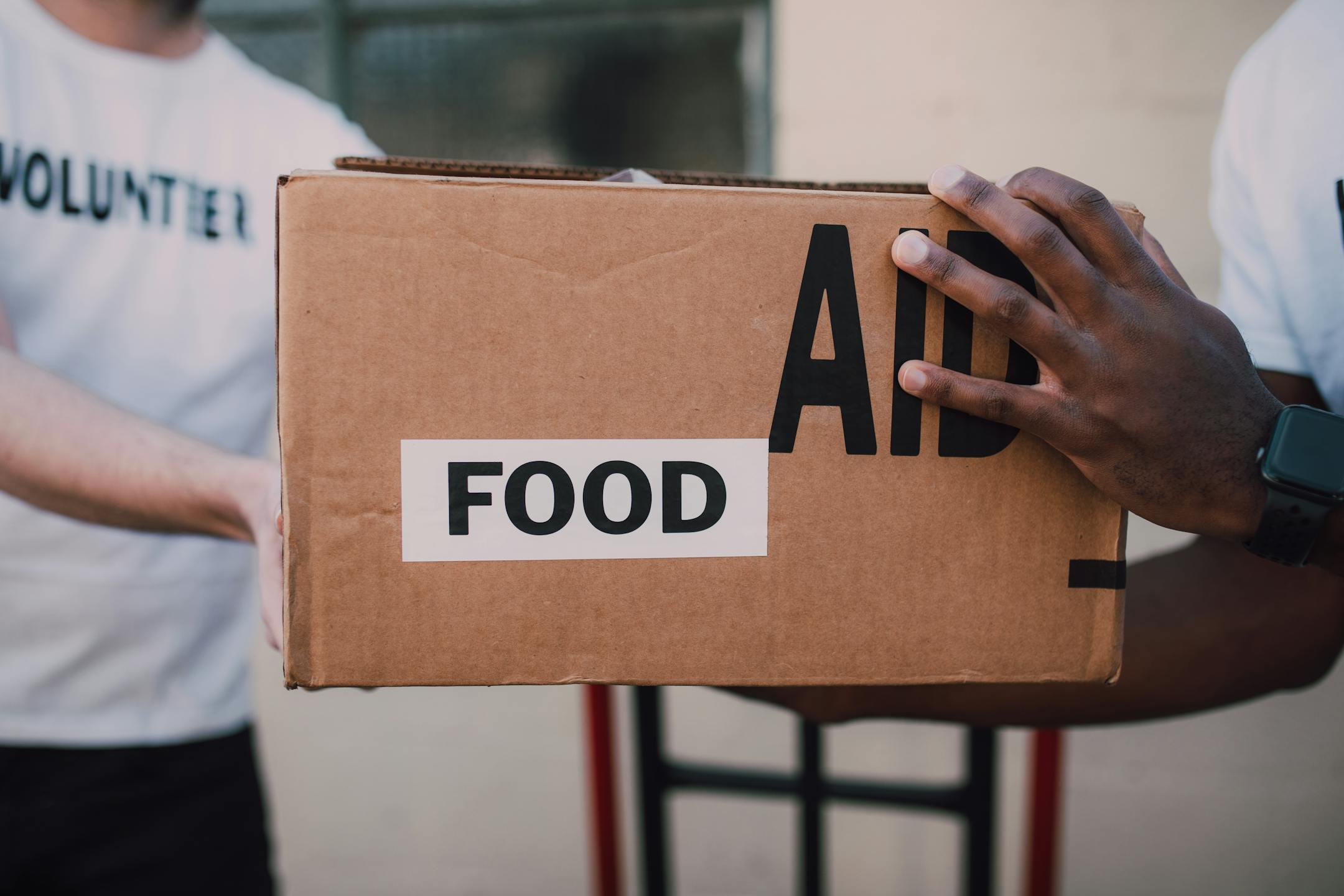
A nurse in Kampala, Uganda, tells me she faces an impossible choice — rationing lifesaving medication due to indefinite shipment delays. Not because of local mismanagement, but because billions in global aid have simply disappeared.
Across Africa, similar stories are unfolding as donors such as the United States (US), the United Kingdom (UK), and several European Union (EU) powers have slashed development assistance at unprecedented levels. The so-called “Great Retrenchment” has seen an estimated $82 billion cut from aid budgets — a staggering 39% reduction. The consequences are dire, with stalled health programmes, schools scaling back, and climate resilience projects grinding to a halt.
For decades, Africa has walked the tightrope of aid dependency. Now, the funding lifeline is fraying, exposing the deep vulnerabilities of an aid-reliant development model. The US, historically the largest donor, has enacted sweeping freezes on new foreign aid under President Trump’s administration, cutting $60 billion and reducing USAID contracts by 90%. The ripple effects across the African continent have been severe. The funding freeze on PEPFAR has left many HIV programmes in crisis, forcing clinics to either shut down or ration drugs and delay treatment. Education systems, once buoyed by donor-funded initiatives, now face a grim reality of shrinking resources and declining student attendance. Meanwhile, climate-vulnerable communities, already on the frontline of environmental shocks, are left without critical adaptation support.
The UK has similarly slashed its official development assistance, with Germany, France, and the Netherlands following suit. Multilateral institutions, including the EU, are shifting from direct aid to investment-based models, leaving African nations scrambling to fill the void.
With the aid taps running dry, Africa faces a defining question: will it continue to lament lost funding, or will it seize this moment to build a self-reliant future? Now is the time for governments to prioritise domestic resource mobilisation, strengthen intra-Africa trade, and harness private sector investments.
The aid taps may be closing, but Africa’s potential remains boundless. The question is no longer whether donor support will return, but whether African nations will rise to the challenge and chart a new path forward. While funding may be drying up, the urgency to act has never been greater.
Rather than seeking new donors to fill the gap, African leaders must take charge — driving economic sovereignty and resilience. The aid cuts may be an uncomfortable jolt, but they also present a rare opportunity to rewrite Africa’s development story.